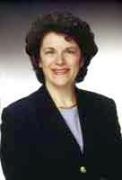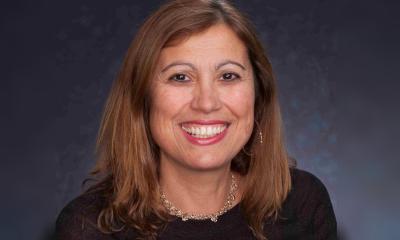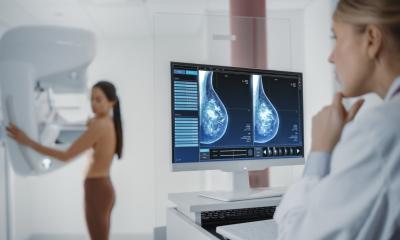World's largest gathering of cancer specialists told: Mammography is still key to survival
Rapid diagnosis and treatment are the keys to breast cancer survival - and an elastogram mammography continues to play a central role in breast cancer detection according to research presented recently in Chicago, at the 43rd Annual Meeting of the American Society of Clinical Oncology (ASCO), writes Ian Mason.

In abstract number 6589, chillingly titled ‘Killing time: Treatment delay and breast cancer survival’ Dr Sheinfeld Gorin and Colleagues (Columbia University, New York) tracked 43,359 females, aged 65 and older, who had been diagnosed with breast cancer between 1992 and 1999. Women who had over a three-month delay in receiving treatment had a 34% increased risk of breast cancer death, compared with women with delays under three months.
The continuing importance of mammography was underscored by data from a study of over 1,000 women [abstract 17033] showing that those diagnosed via mammography/ultrasound had higher survival rates compared with women diagnosed via breast self-examination and clinical breast examination, irrespective of disease stage at diagnosis.
Dr C. Kuhl, and colleagues, University of Bonn, Germany [abstract 1504] found that the addition of high-resolution MRI and of state-of-the-art mammography offered a significantly higher sensitivity (compared with state-of-the-art mammography) for detecting high risk pre-invasive breast cancer (ductal carcinoma in situ [DCIS]).
Another large study of more than 15,000 older women, aged 80 and older, who had been diagnosed with breast cancer between 1996-2002 [abstract 9039] found that even in this age group, regular mammography was associated with earlier stage at presentation and smaller tumour size compared with mammography non-users. ‘Health care providers should consider discussing potential benefits of screening mammography with their older patients,’ the authors concluded.
Other presentations showed that mammography can be used successfully to target groups who fall through the screening net, such as ethnic minority women [abstract 17020] via the targeted use of bilingual community breast liaison nurses.
20.06.2007











